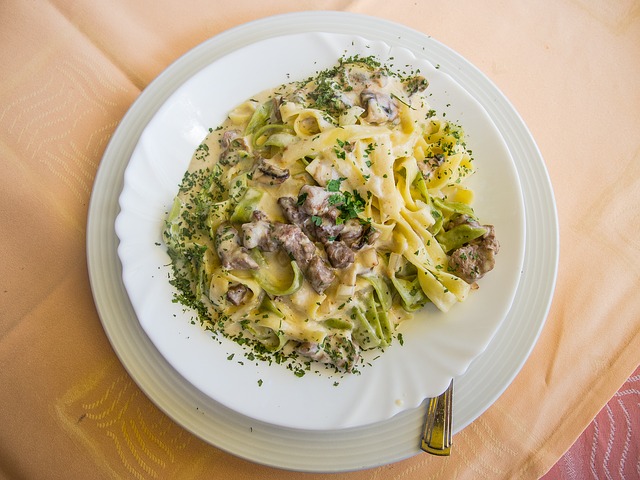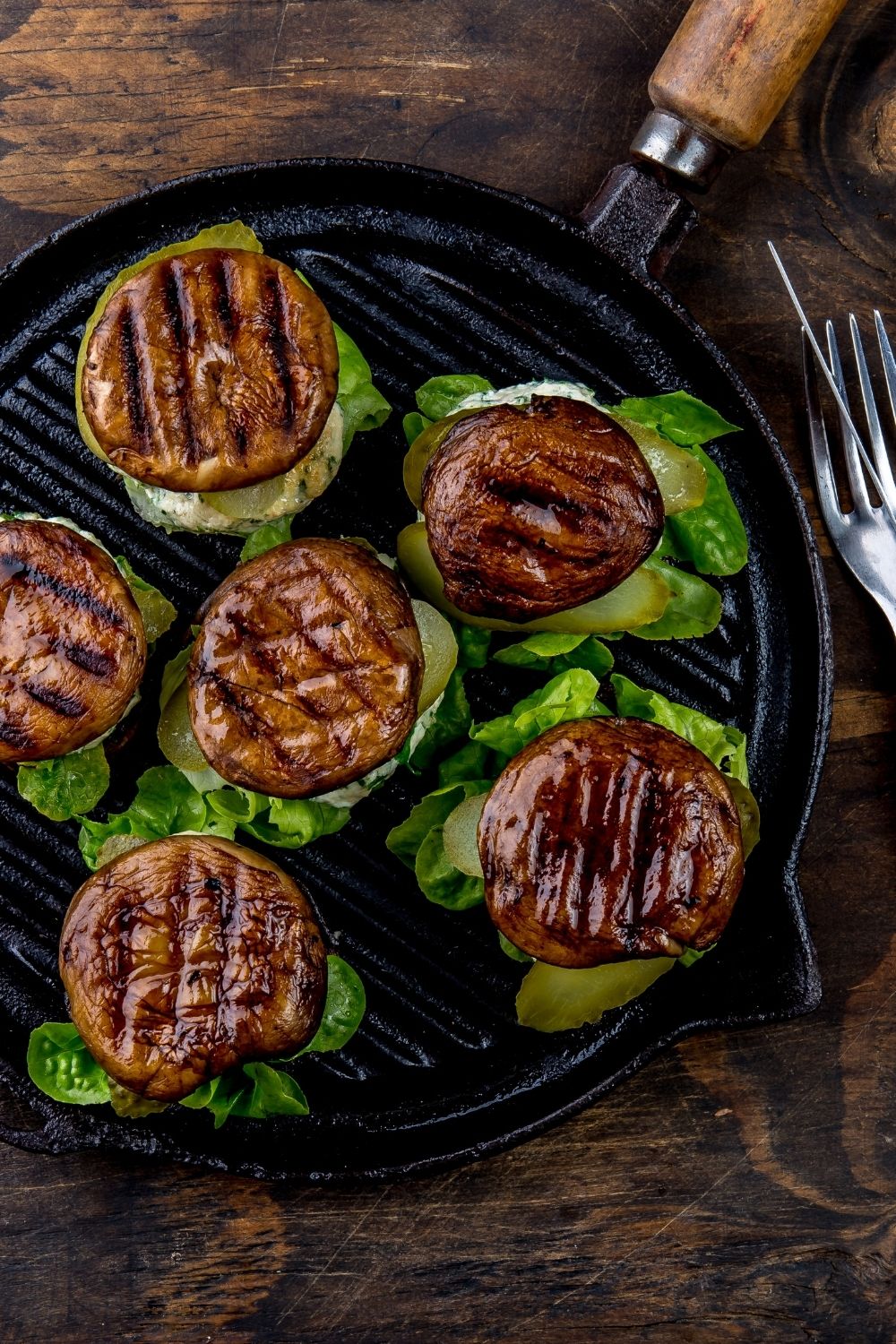
You should be able to create a simple, yet effective, cooking skills checklist for your kids. These skills cover everything from creating creative recipes to making sure the kitchen is safe. Here are some tips to help you teach your children these essential skills. Here's a sample list:
Here are some essential culinary skills
To be a chef, you must have a solid understanding of how to prepare good food. These skills include understanding how to prepare food, determine freshness, and convert standard recipes into larger batches. A chef needs to be skilled in time management and an excellent sense of smell, taste, and smell. Furthermore, they should be capable of properly handling knives and food equipment.
Sauteing is an adaptable cooking method that can be used for many different ingredients. Sauteeing is a great way to make light sauteed veggies and shrimp with garlic butter. Braising, the oldest form of cooking, is usually done over an open fire. It is a fairly basic skill, but is still very useful. You can learn how to boil a meal and become a great cook. It is important to be able to use a knife safely.
Developing creative recipes
Creative recipes are key to success in cooking. These recipes not only show your creativity but also demonstrate your skills. Divergent thinking, also known as creative thinking, is a way to think outside the box and come up with new ideas. This is a crucial skill in a cooking career as it allows for you to experiment with different cooking techniques and flavours and impress your customers. Employers will appreciate your creative thinking and the ability to create new recipes. Experiment with new flavors and ideas for menus. To improve your creativity, brainstorm and research cooking methods.

The problem with cooking skills is their inconsistent definitions. Although the authors disagree on which is more important they agree that the definition should be changed. They argue that the definition of a skill should be evolved from the perceived "Golden Age" when cooking skills were developed beyond a person's ability to prepare basic foods. To ensure a healthy and vibrant future of food, we must encourage their development and use.
Create a safe and secure environment in your kitchen
Developing a safe environment in a commercial kitchen is imperative for the health of your staff. Kitchens can be hazardous due to bacteria, electrical appliances, and open fires. The first steps are to develop a plan and purchase safety equipment. You should also ensure that your children are always supervised when you're in the kitchen. It is possible to avoid accidents by properly training your employees and implementing safety plans.
For all kitchen staff, fire-resistance training and fire safety training are essential. Local fire authorities can offer training in fire safety. It is important that kitchen staff know where fire extinguishers or fire blankets are located, how they operate, and how to manually activate the fire-suppression systems. Training employees in CPR and first aid should also be given as needed. When possible, kitchens should have non-slip flooring and mats.
Identification of food safety hazards
It is essential to identify potential food safety hazards when you prepare meals for your family, or for catering special events. It is essential to identify possible hazards when preparing food. Failing to identify potential hazards can lead to brand damage and regulatory action. Codex HACCP compliance in food businesses is vital. Identification of hazards is a key requirement.

There are many potential physical hazards that can inflict injury on humans. They can either be natural or manufactured and can also come from packaging or individuals. Different physical hazards may cause different degrees of injury or disease. These hazards are not necessarily inherently dangerous, but they must be identified and eliminated before they can cause harm. To identify potential hazards and to determine how to reduce them, it is important that you identify the source of the problem. By observing the product, you can identify the source of risk.
FAQ
What are the Essential Skills to Be a Chef?
A bachelor's degree in culinary art is necessary to become a professional chef. A number of ACF tests will be required. After completing these requirements, you will be awarded a certificate that confirms your qualifications.
How can I learn how to cook like a professional chef?
Cooking can be a great way for you to grow as a person. Cooking healthy meals for your family and friends is a great way of increasing self-confidence and learning new skills. You can learn to cook at home if your goal is to become a good cook. Finding out your favorite recipes is the first step. Read books about various foods such as Chinese, Mexican, and Italian. Finally, learn how to make different dishes until you are comfortable with them.
How do I get motivated to cook?
Cooking is fun when you share food with family and friends. However, cooking for yourself is much easier than cooking for others. Make something new to get motivated to cook. This way, you will learn about new ingredients and techniques. Also, you can use recipes from different cultures to expand your culinary knowledge.
Statistics
- The median pay for a chef or head cook is $53,380 per year or $25.66/hour, according to the U.S. Bureau of Labor Statistics (BLS). (learnhowtobecome.org)
- You'll be amazed that over 90% of CIA students receive scholarships and grants to finish their culinary studies. (ischoolconnect.com)
- On average, chefs earn $58,740 a year, according to the BLS. - learnhowtobecome.org
External Links
How To
How to make a perfect omelet
Omelets are my favorite breakfast dish. But how do you make them perfectly? I've tried many different methods and recipes, but none of them seem to work! I have some tips and tricks to help you make delicious, fluffy omelets every single morning.
When making omelets, it is important to be aware that eggs can be temperamental. The eggs must be fresh from an organic source and kept at room temperature until they are ready to be cooked. If you don't keep them cold enough, the whites won't form properly, and the yolks will break down too much and become runny. This will make your omelets appear strangely colored. If you plan to cook the eggs right away, it is best to use room temperature eggs.
You might also try separating the egg before adding to the pan. Because this could cause your omelet to become curdled, you don't want any yolk to be mixed with any white.
You could end up burning the bottom half of the egg if the egg is added directly to the heat source. Instead, place the egg in the microwave for 10 second before you put it in the skillet. The microwave heat will cook the egg just right without making it too hot.
Next, let's talk about mixing the eggs. Mixing eggs together is important. You need to beat them well. To do this, take the bowl from the mixer and flip it upside-down. Next, shake the bowl vigorously. This way, the air inside the bowl gets whipped around and mixes the egg thoroughly.
Now it's time to have fun: pour the milk into the mixture. Fold the eggs in the milk mixture by first pouring half of it into the egg whites. If you still see streaks of eggs, don't worry. These streaks will disappear once the omelet has been turned over.
After folding the eggs fold the pan onto medium heat. When the oil starts to hot, wait for the pan to cook. Once the oil starts getting hot, add 1/4 cup of butter to the pan and swirl it around to coat the entire surface of the pan. Carefully open the pan's lid and add salt to the pan. Salt will prevent the omelet sticking to the pan.
Once the omelet has formed completely, cover the pan and let it set for a few minutes. Flip the omelet over using a spatula or flip the pan upside down. Cook the other side for another minute or two. Take out the omelet and place it in a bowl.
This recipe works best using whole milk. Skimmed milk is also possible.